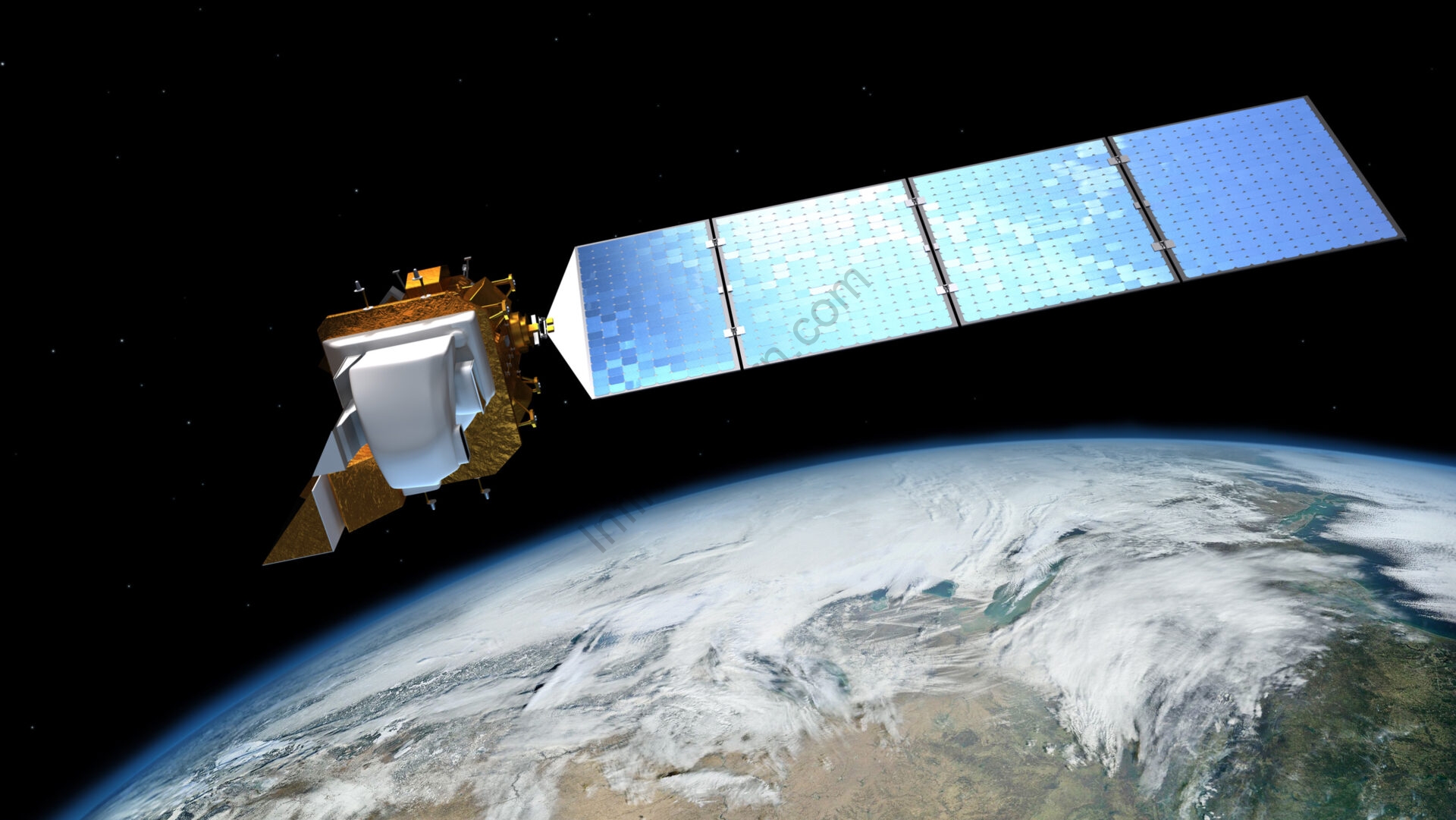Table of Contents

Gravity, also known as gravitation, is the attraction of all entities with energy or mass, such as galaxies, stars, planets, and lights. The earth’s bulk is given weight via gravity. The gravitational attraction of the universe’s gaseous mass caused it to coalesce and create stars, which were then grouped into a galaxy. Many large-scale structures exist in the universe solely due to gravity. Although gravity tolerance is limitless, its effects weaken as things become further away. Gravity is thought to be the weakest of the four fundamental forces.
At the subatomic particle level, it has no discernible effect. It is known as the dominant interaction at the microscopic scale, and it is the cause of the construction of the shape and trajectory of astronomical bodies. Quantum gravity, supergravity, and ordinary time and space may have been the earliest traces of gravity in the universes, maybe from the primaeval state.
What is a Gravitational Field, and how does it work?
A gravitational field interacts between the source and test mass in a non-contact force. Consider gravitational force as a “command” and the gravitational field as the “conversation” or “speak” used to issue the command.
What is the Intensity of Gravitational Fields?
Gravitational field intensity is a measure of the gravitational field’s strength. It’s the gravitational force exerted on a test mass of one unit.
F/m = Eg
Alternatively, Eg = [- [GMm/r2]/m
Eg = [- GM/r2] Gravitational Field Intensity
Where denotes the location vector of the test mass from the source mass and represents the unit vector along the radial direction.
The gravitational field intensity is determined solely by the source mass and the distance between the source and the unit test mass.
- The gravitational field intensity is measured in N/kg.
- [M0L1T-2] gives the dimensional formula.
The gravitational field intensity dimensional formula is the same as the acceleration dimensional formula (preferably, we call it acceleration due to gravity from the view of gravitation).
The principle of superposition also applies to gravitational field intensities, such as,
E = E1 + E2 + E3 +………………..
Where E1, E2, E3,… are the gravitational field intensities at a point due to n particles in a system, and En is the gravitational field intensities at a point due to n particles in a system.
The mass of a system is always distributed in one of two ways:
- The mass distribution that is discrete
- Continual distribution of mass
DE represents the gravitational field intensity owing to an elementary mass dm. The formula for the gravitational field is as follows:
F/m = g
Where,
F is the gravitational force, and m is the object’s mass.
Uniform Spherical Shell Causes Gravitational Field
Consider a thin, uniform spherical shell in space with radius ‘R’ and mass ‘M.’ A three-dimensional object divides space into three parts:
- The interior of the spherical shell.
- On the spherical shell’s surface.
- The exterior of the spherical shell.
Our investigation aims to determine the value of gravitational field intensity in each of these three locations.
The Spherical Shell from the Outside
Consider a unit test mass at a position ‘P’ r distance from the spherical shell’s centre. Create an imagined spherical shell with its surface’s point ‘P.’
As we know, the intensity of a gravitational field at a location is solely determined by the source mass and the distance between the point and the source mass. We can state that the source mass is M and the separation distance is r within the imaginary sphere. We can deduce the following:
GM/r2 = E
E -1/r2
On the Spherical Shell’s Surface
Consider a unit test mass at a point ‘P’ on the surface of the spherical shell at a distance ‘r’ from the spherical shell’s centre. R = R and the gravitational field intensity on the surface of the spherical shell is given by, as mentioned above.
GM/R2 = E
E stands for “constant.”
The Spherical Shell’s Interior
The entire mass of the spherical shell rests above the point if we consider a point inside the shell. Draw an imaginary spherical shell around point ‘P’; the source mass will be zero within this sphere.
We know that when the source mass is zero, the gravitational field strength is 0 as well.
E = 0
Inertial Mass Characteristics
The inertial mass has the following characteristics:
- A body’s inertia is determined by its inertial mass.
- The inertial mass is related to the amount of substance in the body.
- The inertia of a body is determined by its size, shape, and state.
- The temperature of the body has no bearing on inertial mass.
- The presence or absence of other bodies around a body does not affect its inertial mass.
- When added, inertial mass always follows the simple algebraic law of addition, and when separated or withdrawn, it always follows the simple algebraic law of subtraction.
FAQs
What is the gravitational field's strength?
Gravitational field intensity measures the gravitational field's strength. It's the gravitational force exerted on a test mass of one unit. The location vector of the test mass from the source mass is represented by + zk. The gravitational field intensity is determined solely by the source mass and the distance between the source and the unit test mass.
What is Gravitational Force, and how does it work?
Newton's Law of Universal Gravitation is used to explain the gravitational force. Every heavy particle in the cosmos attracts every other heavy particle with force proportional to the product of their masses and inversely proportional to the square of the distance between them, according to this law. Inductive results led to the formation of this comprehensive physical law. Another, more recent version of the rule states, 'Every point mass attracts every other point mass by a force-directed down the line crossing both points.' The gravitational force is proportional to the product of the two masses and inversely proportional to the square of their separation.'





